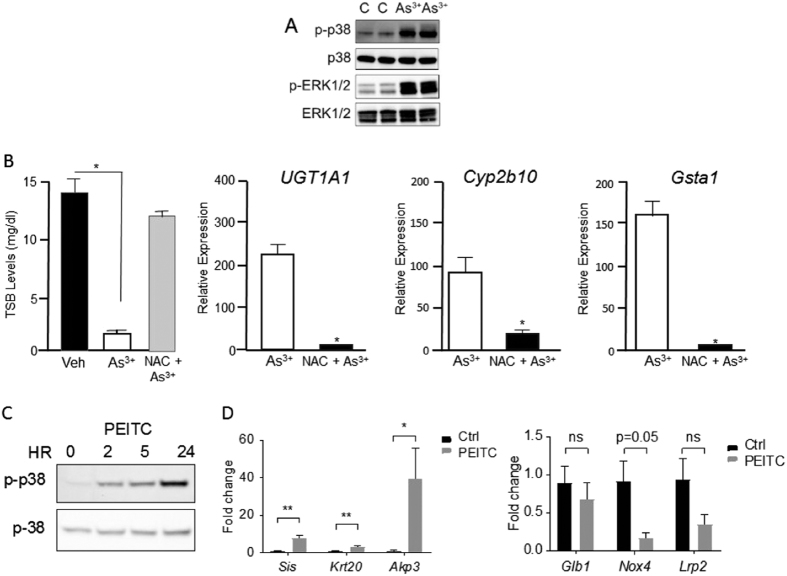Figure 4. Induction of oxidative stress induces UGT1A1 in intestinal tissue.
Neonatal hUGT1 mice were given a dose of either arsenic (As3+) or PEITC and markers of oxidative stress determined. (A) Ten day old mice were given a single oral dose of As3+ (10 mg/kg) and tissue extracts from the small intestine prepared after 4 hours. Western blots were prepared and phosphorylated p38 MAPK and ERK determined. The bands have been cropped from the full-length blots but not enhanced in anyway. (B) Ten day old mice were pre-treated with 75 mg/kg N-acetylcysteine (NAC) for one hour prior to As3+ exposure. Forty-eight hours after oral As3+ exposure, RNA was isolated from small intestine and RT-qPCR was conducted for UGT1A1, Cyp2b10 and Gsta1 expression. Data is shown as fold induction of the value observed in mice treated with As3+ and water. (C) Ten-day-old mice were given an oral dose of PEITC (200 mg/kg) and intestinal tissue isolated at 0, 2, 5, and 24 hours after treatment. Western blots were performed to examine activation of phosphorylated p38 MAPK (S7). (D) Twenty-four hours after PEITC treatment, RNA was prepared from small intestines and RT-qPCR performed to examine intestinal maturation marker gene expression. Genes Sis, Akp3 and Krt20 are upregulated during maturation while genes Glb1, Nox4 and Lrp2 are downregulated (Student t test: *P < 0.05; **P < 0.01).

